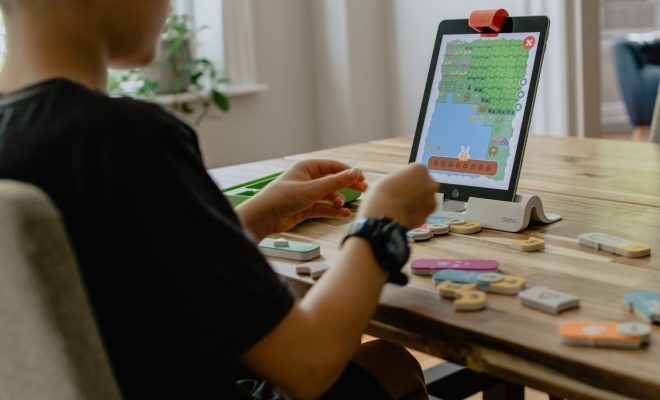21 Strategies to Help Students Who Have Trouble Finishing Homework Tasks

Are you looking for strategies to help students who have trouble finishing homework tasks? If so, keep reading.
1. Chart homework tasks finished.
2. Converse with the learner to explain (a) what the learner is doing wrong (e.g., not turning in homework tasks) and (b) what the learner should be doing (i.e., finishing homework tasks and returning them to school).
3. Urge the learner to lessen distractions to finish homework (e.g., turn off the radio and/or TV, have people whisper, etc.).
4. Take proactive steps to deal with a learner’s refusal to perform a homework task to prevent contagion in the classroom (e.g., refrain from arguing with the learner, place the learner at a carrel or other quiet space to work, remove the learner from the group or classroom, etc.).
5. Select a peer to model finishing homework tasks and returning them to school for the learner.
6. Urge the learner to realize that all behavior has negative or positive consequences. Urge the learner to practice behaviors that will lead to positive outcomes.
7. Urge the learner to set up an “office” where homework can be finished.
8. Get the learner to assess the visual and auditory stimuli in their designated workspace at home to ascertain the number of stimuli they can tolerate.
9. Create an agreement with the learner and their parents requiring that homework be done before more desirable learning activities at home (e.g., playing, watching television, going out for the evening, etc.).
10. Make sure that homework gives drill and practice rather than introducing new ideas or information.
11. Designate small amounts of homework initially. As the learner shows success, slowly increase the amount of homework (e.g., one or two problems to perform may be sufficient to begin the homework process).
12. Provide consistency in assigning homework (i.e., designate the same amount of homework each day).
13. Make sure the amount of homework designated is not excessive and can be finished within a sensible amount of time. Remember, secondary students may have six or seven teachers assigning homework each day.
14. Assess the appropriateness of the homework task to determine (a) if the task is too easy, (b) if the task is too complicated, and (c) if the duration of time scheduled to finish the task is sufficient.
15. Praise the learner for finishing homework tasks and returning them to school: (a) give the learner a concrete reward (e.g., classroom privileges, 10 minutes of free time, etc.) or (b) provide the learner an informal reward (e.g., praise, handshake, smile, etc.).
16. Praise the learner for finishing homework tasks based on the number of tasks the learner can successfully finish. As the learner shows success, slowly increase the number of tasks required for reinforcement.
17. Praise those students who finish their tasks at school during the time given.
18. Send home only one homework task at a time. As the learner shows success finishing tasks at home, slowly increase the number of homework tasks sent home.
19. Show the tasks in the most attractive and exciting manner possible.
20. Find the learning materials the learner continuously fails to take home. Give a set of those learning materials for the learner to keep at home.
21. Consider using an education app to help the student sharpen their organizational skills. Click here to view a list of apps that we recommend.






